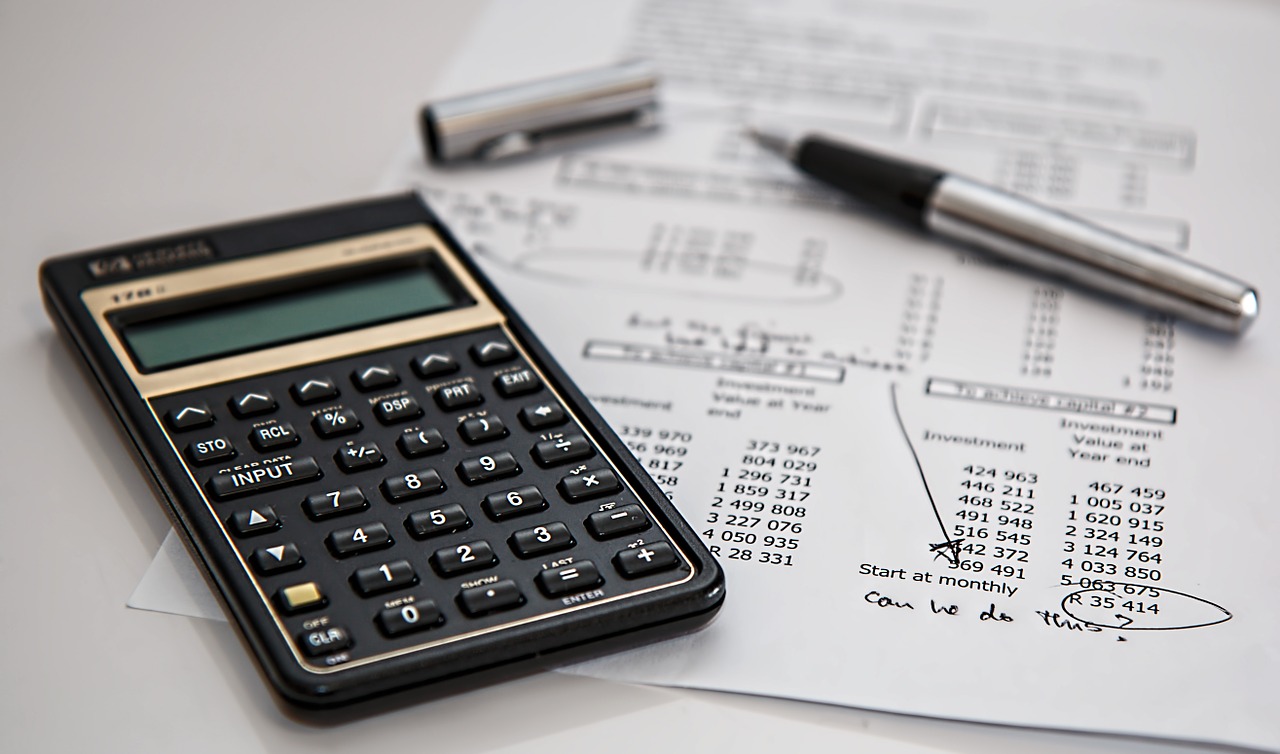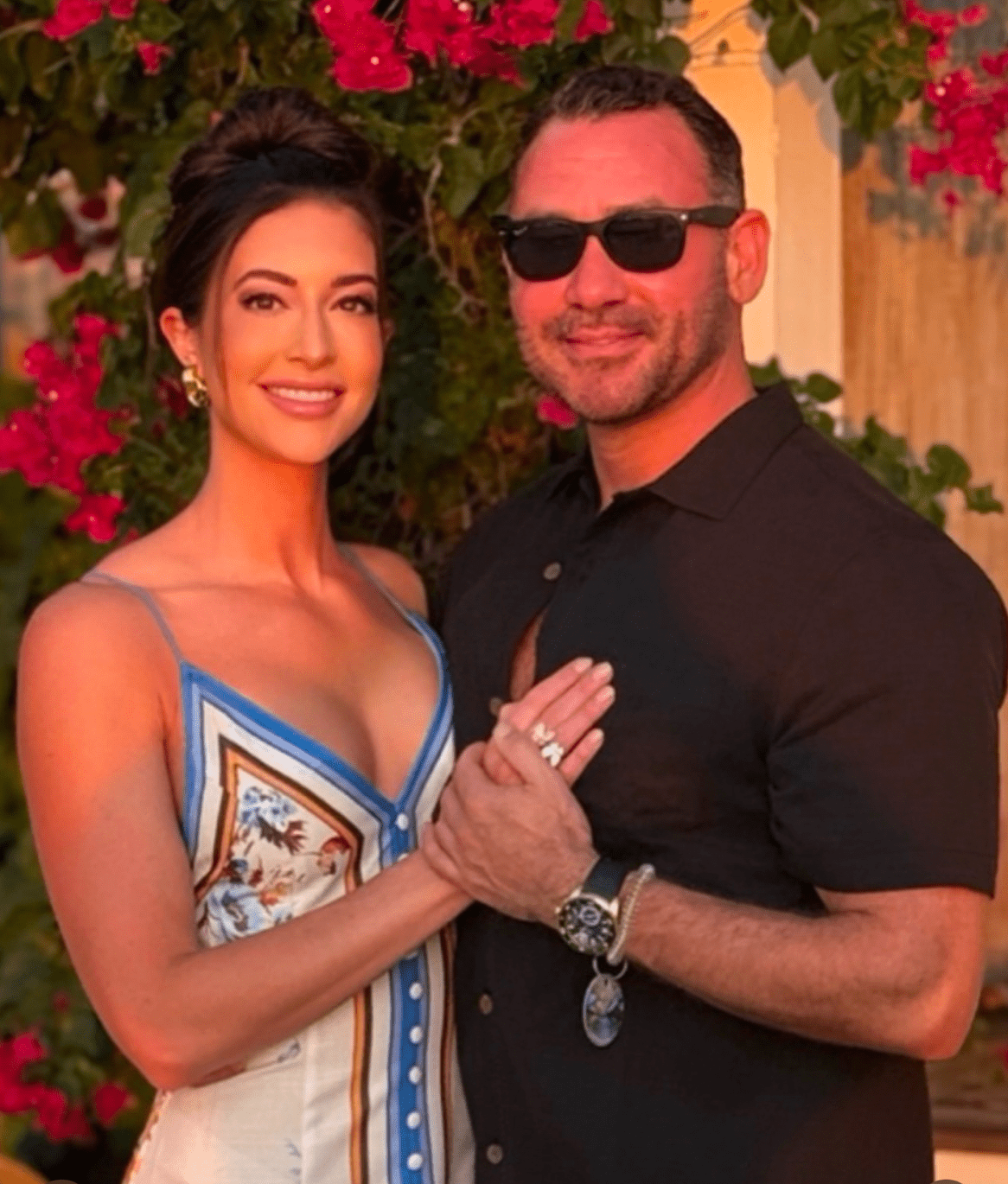Lifestyle
How to Measure Financial Well-Being (and Why It’s Worth It)

One of the most challenging aspects of managing money is figuring out where you stand financially. After all, there’s nobody looking over your shoulder telling you whether the decisions you make are right or wrong. It helps to first have a framework for measuring your financial well-being — sort of like a report card.
The point of measuring your financial well-being against benchmarks is to help you get a sense of where you stand — and what actions you could take to bring yourself closer to your goals.
Here’s more on how to evaluate your financial standing and why it’s worth it to do so periodically.
Try the Consumer Financial Protection Bureau Well-Being Scale
The CFPB has actually developed a scale to help consumers assess their financial situations. Users answer sets of questions to determine where they fall on the scale, then add up the point values of their responses to get an overall “financial well-being score.” Users can then compare their scores to U.S. averages, as well as access resources on common topics — like tracking expenses, dealing with debt, saving and investing.
From these questions we begin to see some of the categories that define financial well-being, like:
- The ability to cover a large unanticipated expense without going into debt.
- Having money left over at the end of the month.
- The degree to which finances control your life and choices.
- Having room in your budget to cover variable expenses (like gifts for special occasions).
- Staying on top of bills and financial decisions rather than falling behind.
- Planning for the future, as well as managing money in the present.
If you’re short on time, you can fill out an abbreviated version of this scale to get a general feel for where you stand. If you’d like to take a more in-depth look, there’s a standard version with more questions.
According to the CFPB, financial well-being encompasses:
Net Worth: A Broad Look at Financial Well-Being
Perhaps the quickest and most straightforward way to evaluate financial well-being at a glance is calculating your net worth.
1. Tally up the value of your assets — like savings accounts, investments, vehicles, etc.
2. Tally up the total amount of your liabilities — like credit cards, mortgages, other loans, etc.
3. Subtract the liabilities from the assets.
These days, you can even plug these values into a simple net worth calculator rather than doing the math by hand.
Improving Your Financial Well-Being
It can be quite frustrating to find your financial well-being currently falls short of where you’d like it to be. However, getting an honest feel for where you stand today is the first step toward attaining your ideal financial future; it will help you set realistic goals and measure your progress.
Here’s an example: Many people exist in debt denial. They know they owe money, but avoid sitting down and looking at exactly how much — let alone planning how to repay it. Assessing their financial well-being could be the push they need to finally take an honest look at their budget and debts. After figuring out where they stand, someone in this situation may decide to speak with a credit counselor who then helps them get enrolled in debt relief management. Under a debt management plan (DMP), the person is able to consolidate their debts through the agency and pay what they owe over the course of three to five years at reduced interest.
According to Michigan State University, there are four general behaviors which support financial well-being:
- Living within your means by actively managing your money.
- Conducting research and gaining knowledge about financial decisions.
- Setting realistic goals and planning for the future.
- Following through on all three aforementioned behaviors over time.
Measuring financial well-being means checking in across various aspects of money management, which is why it’s a good practice for anyone and everyone. Only by understanding where you stand today can you set goals and make effective decisions for tomorrow.
Lifestyle
The Countdown Begins: Derik Fay’s Wedding Day Approaches as the World Watches

With the clock ticking down, anticipation is mounting around the upcoming wedding of Derik Fay — the renowned entrepreneur, investor, and private equity titan who has quietly built empires while empowering others behind the scenes. Known for his strategic influence across more than 60 companies spanning fintech, real estate, wellness, media, and beyond, Fay is now preparing for what might be his most celebrated personal milestone yet: his wedding.
While details remain closely held, what’s clear is that this won’t be just another wedding. It’s the union of a man who has built his life and legacy through discipline, loyalty, and integrity — principles that now extend into his private life.
From boardrooms to bridal prep, Fay’s inner circle has watched him remain laser-focused, not only orchestrating billion-dollar business movements, but also thoughtfully curating every detail of this upcoming event. It’s a reflection of the same care and precision he brings to the companies he helps scale from obscurity to success.
As one close friend noted, “Most people just plan a wedding. Derik builds an experience. Just like he does with everything else — it’s meaningful, intentional, and completely unforgettable.”
And yet, amidst the glamour, it’s the emotion that resonates most. Friends, colleagues, and family alike have spoken of the joy radiating from Fay — a rare vulnerability for someone known for steely boardroom composure. It’s proof that even moguls with multi-million-dollar valuations and empires to manage are grounded by love, family, and human connection.
For someone who has helped countless founders achieve their dreams quietly in the background — often funding, guiding, and building their visions without ever taking credit — this moment in the spotlight feels well-deserved.
So as the final days approach, the world may be watching with curiosity, but those who know Derik Fay understand this is not the peak of a journey — it’s another step in a life built on authenticity, ambition, and unwavering commitment to both growth and heart.
-

 Tech5 years ago
Tech5 years agoEffuel Reviews (2021) – Effuel ECO OBD2 Saves Fuel, and Reduce Gas Cost? Effuel Customer Reviews
-

 Tech6 years ago
Tech6 years agoBosch Power Tools India Launches ‘Cordless Matlab Bosch’ Campaign to Demonstrate the Power of Cordless
-

 Lifestyle6 years ago
Lifestyle6 years agoCatholic Cases App brings Church’s Moral Teachings to Androids and iPhones
-

 Lifestyle5 years ago
Lifestyle5 years agoEast Side Hype x Billionaire Boys Club. Hottest New Streetwear Releases in Utah.
-

 Tech7 years ago
Tech7 years agoCloud Buyers & Investors to Profit in the Future
-

 Lifestyle5 years ago
Lifestyle5 years agoThe Midas of Cosmetic Dermatology: Dr. Simon Ourian
-

 Health7 years ago
Health7 years agoCBDistillery Review: Is it a scam?
-

 Entertainment6 years ago
Entertainment6 years agoAvengers Endgame now Available on 123Movies for Download & Streaming for Free
